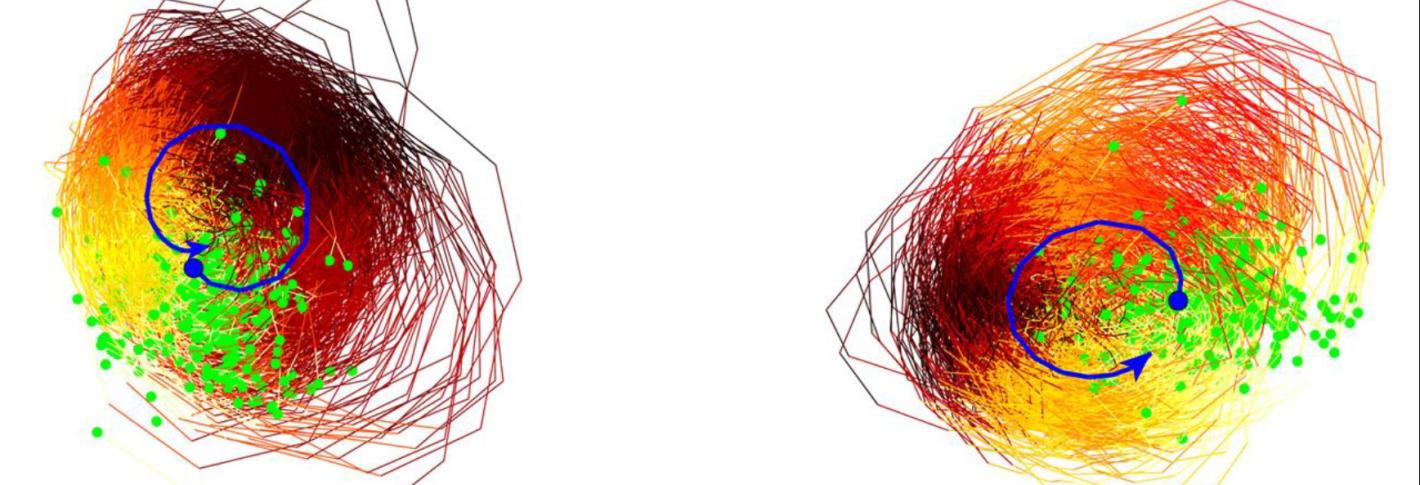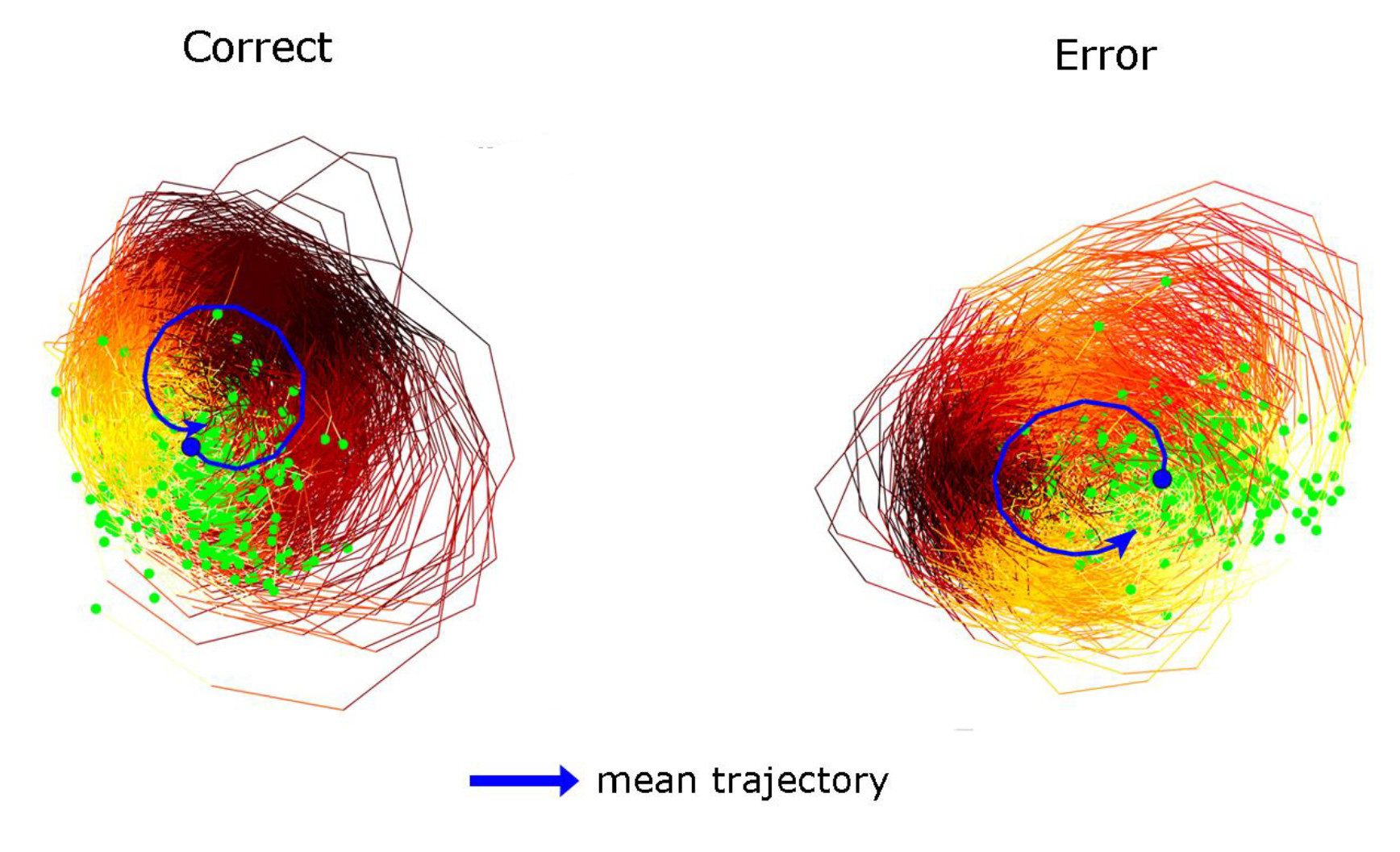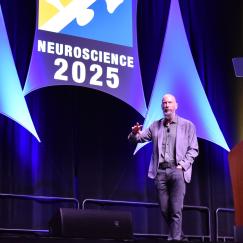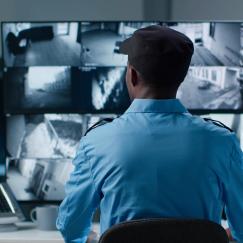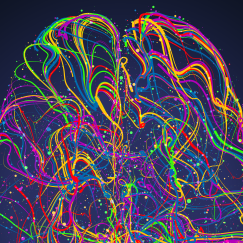As surely as the brain is prone to distraction, it can also return its focus to the task at hand. A new study in animals by scientists at The Picower Institute for Learning and Memory of MIT shows how that seems to happen: Coordinated neural activity in the form of a rotating brain wave puts thought back on track.
“The rotating waves act like herders that steer the cortex back to the correct computational path,” said study senior author Earl K. Miller, Picower Professor in The Picower Institute and MIT’s Department of Brain and Cognitive Sciences.
Picower Institute postdoc Tamal Batabyal is the lead author of the study published Nov. 3 in the Journal of Cognitive Neuroscience.
Mathematical ‘rotations’…
In the study, animals were given a visual working memory task, but sometimes they experienced one of two different kinds of distractions while they tried to remember an object they saw. As one would expect, the distractions affected the animals’ performance on the task—sometimes causing them to make mistakes or at least slowing down their reaction time when the task called on them to act. The researchers, meanwhile, kept tabs on the electrical activity of a sampling of hundreds of neurons in the prefrontal cortex, a brain region responsible for higher-level cognition.
To analyze how the neural activity varied as the animals performed the task over hundreds of sessions—with or without either of the distractions and in cases where the animals performed well or not so well—the researchers employed a mathematical measure and visualization that measures their degree of coordination over time called “subspace coding.” Subspace coding shows that the activity of cortical neurons is highly coordinated.
“Like starlings murmuring in the sky,” Miller said.
After the distraction, there was a rotating movement in subspace, as if the “birds” were circling back together after a disruption of their formation. In other words, Miller said, the circling seemed to represent the recovery of their activity state from the distraction.
Indeed, the rotations predicted the animal’s performance on the task. In cases where the distraction didn’t cause a mistake, the neural data showed a complete circle, indicating the recovery was complete. In cases where the distractions caused the animals to err, the trajectory fell short of making a full circle (by an average of 30 degrees). The trajectory during errant sessions showed a slower speed, which could explain the lack of recovery from distraction.
A related finding was that the animals were better at recovering if the time between the distraction and needing to act was longer. The brain needed that time, the data showed, to come full circle mathematically and get back on track behaviorally.
The subspace coding data suggested that neurons work in a highly coordinated way and that this rotational organization helps maintain their focus. Notably, the rotations only occurred if there was a distraction (both styles triggered them) that the animals were trying to ignore. The rotations did not occur spontaneously.
…reflect physical rotations
Subspace coding is just an abstract mathematical representation of neural activity over time. But when the researchers looked at the direct physical measurements of neural activity, they found that it actually reflected a real, traveling wave rotating across the cortex. Multiple measurements showed that neural spiking activity had a spatial order with continuously changing angles, consistent with a wave of activity rotating across the cortical electrode. In fact, the actual wave rotated with the same speed as the mathematically represented one in subspace coding.
“There is no reason in principle why a rotation in this mathematical subspace should correspond directly to a rotation on the surface of the cortex,” Miller said. “But it does. That suggests to me that the brain is using these traveling waves to actually do computation, analog computation. Analog computation is way more energy efficient than digital and biology favors energy efficient solutions. It’s a different, and more natural, way to think about neural computation.”
In addition to Miller and Batabyal, the paper’s other authors are Scott Brincat, Jacob Donoghue, Mikael Lundqvist and Meredith Mahnke.
Funding for the study came from the Office of Naval Research, The Simons Center for the Social Brain, the Freedom Together Foundation and The Picower Institute for Learning and Memory.


